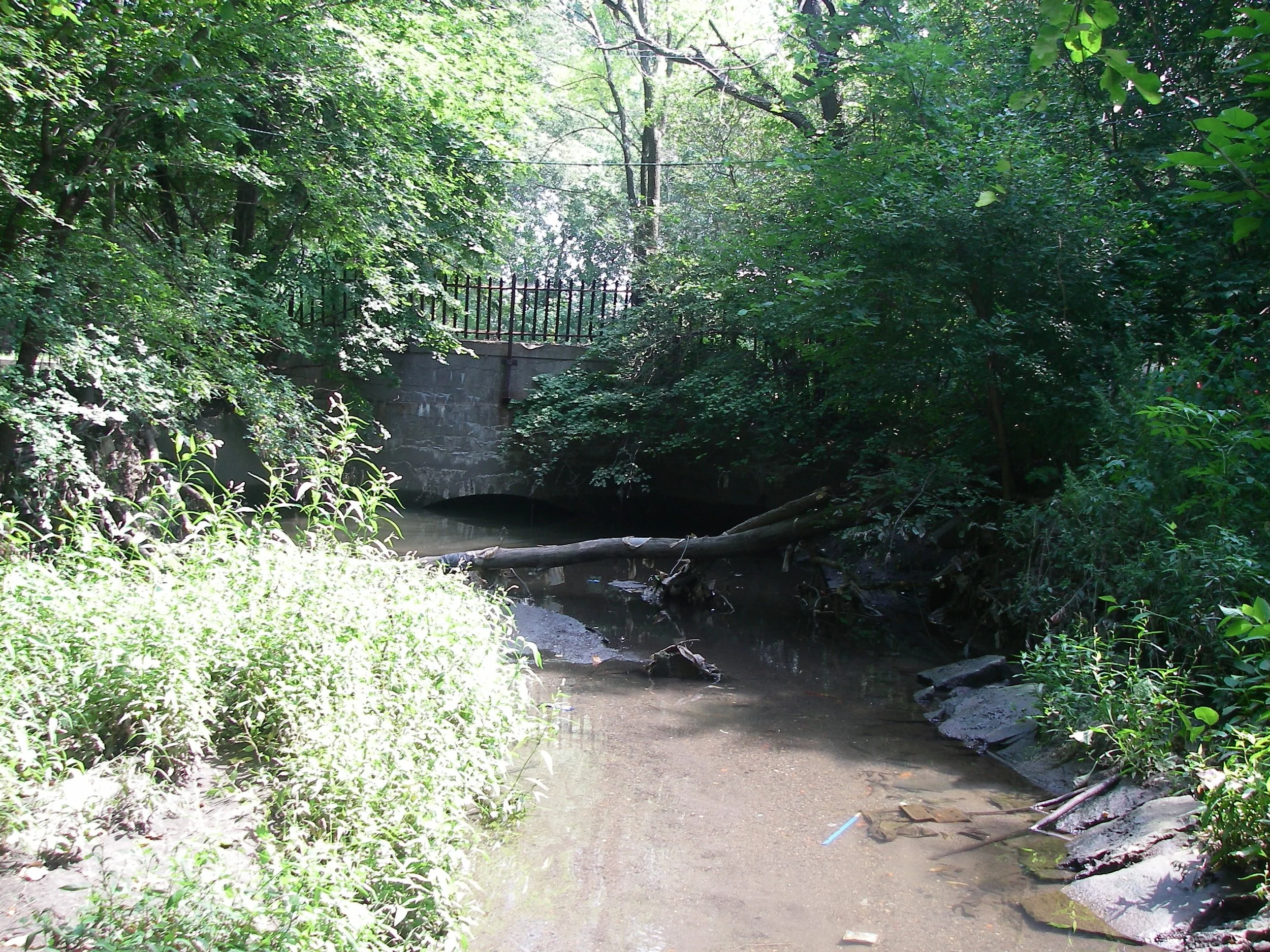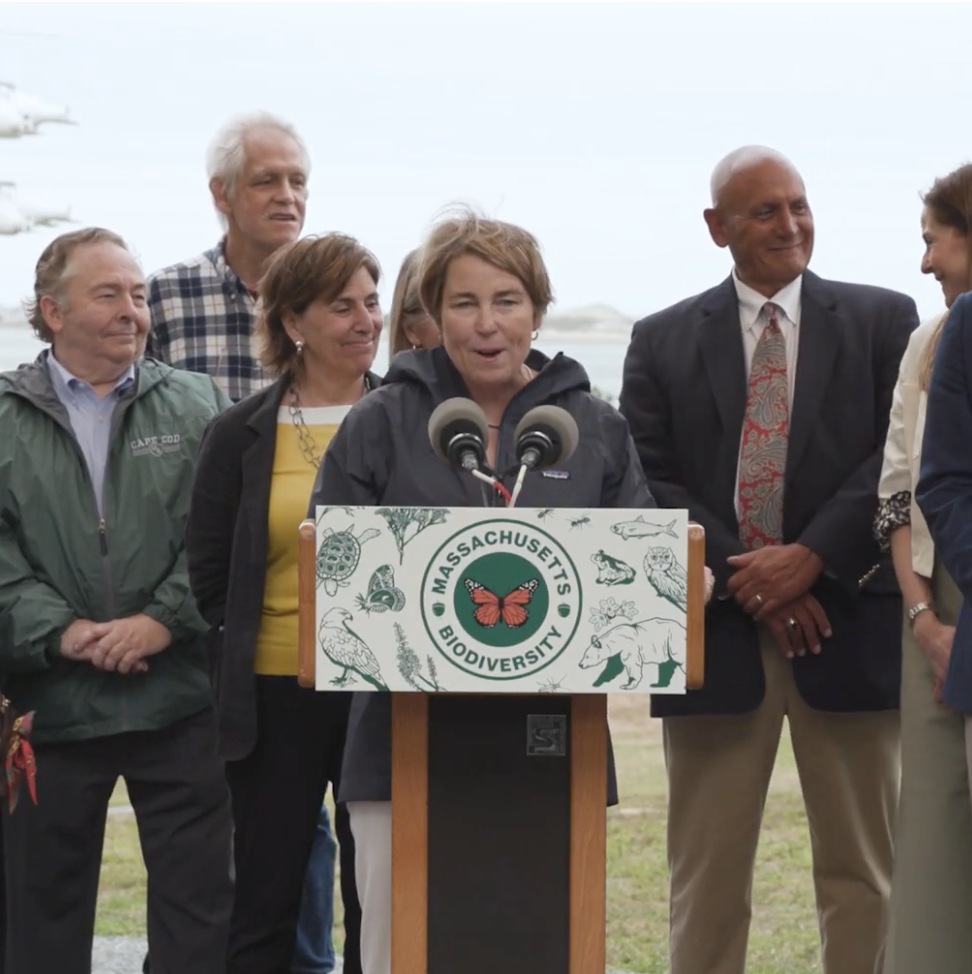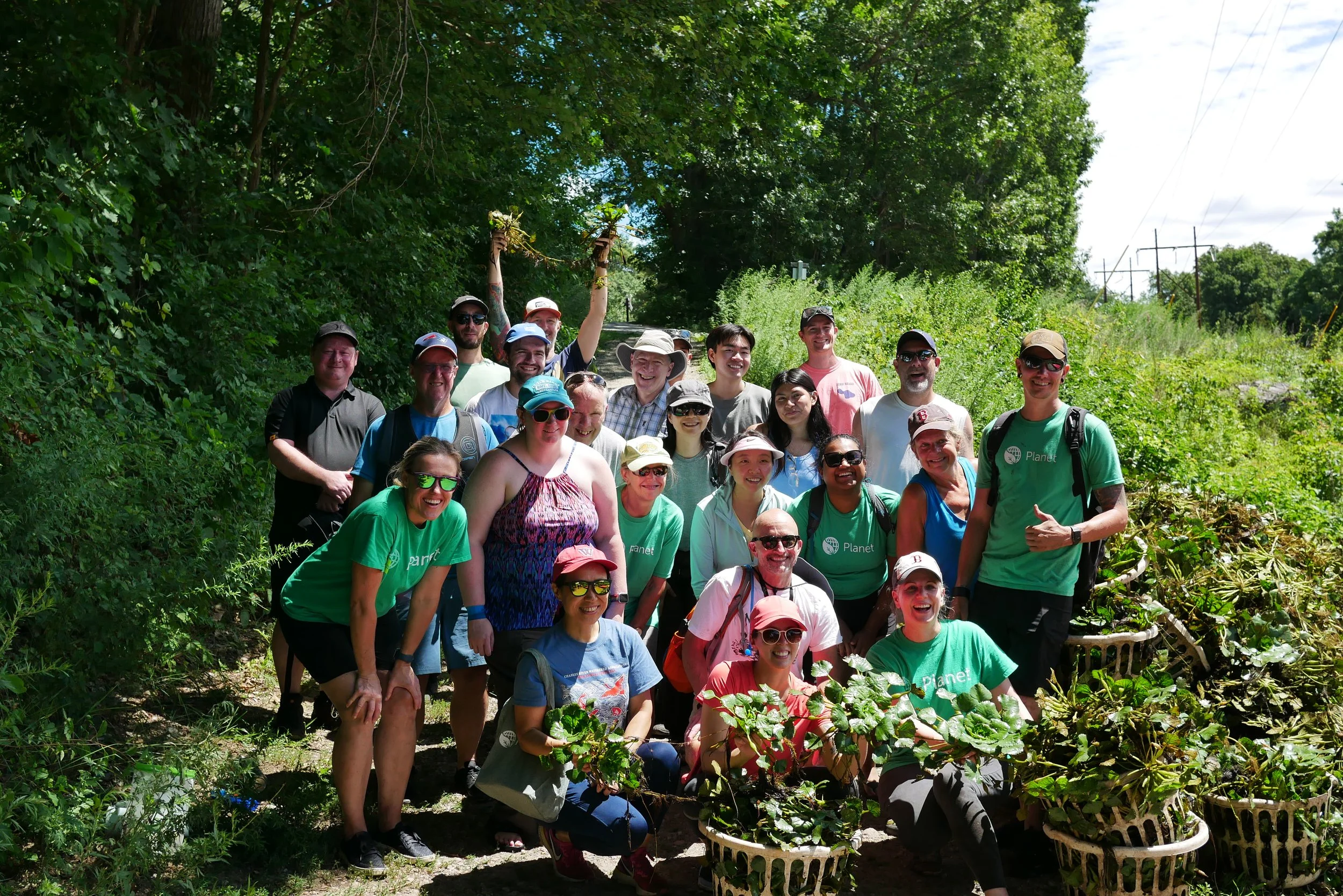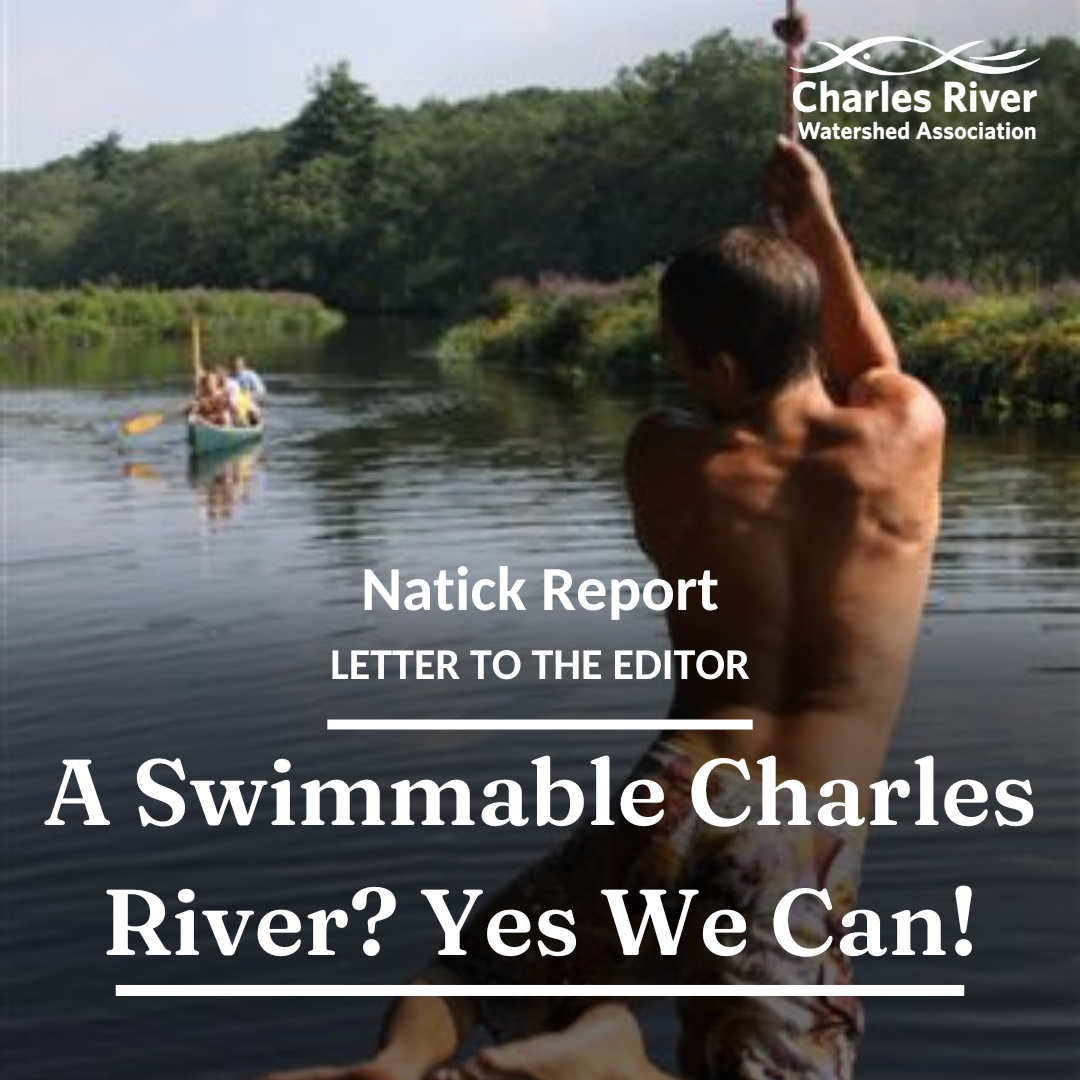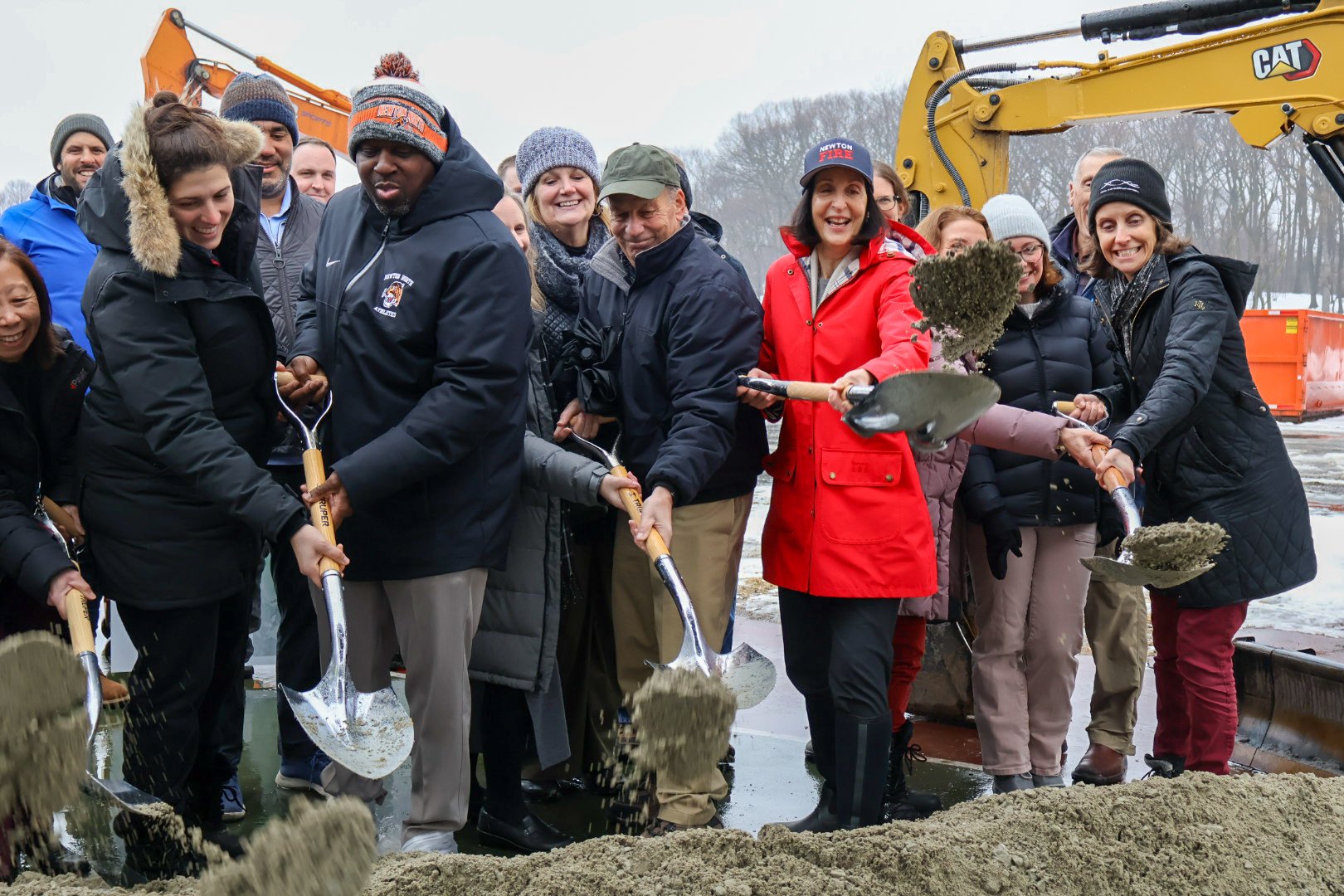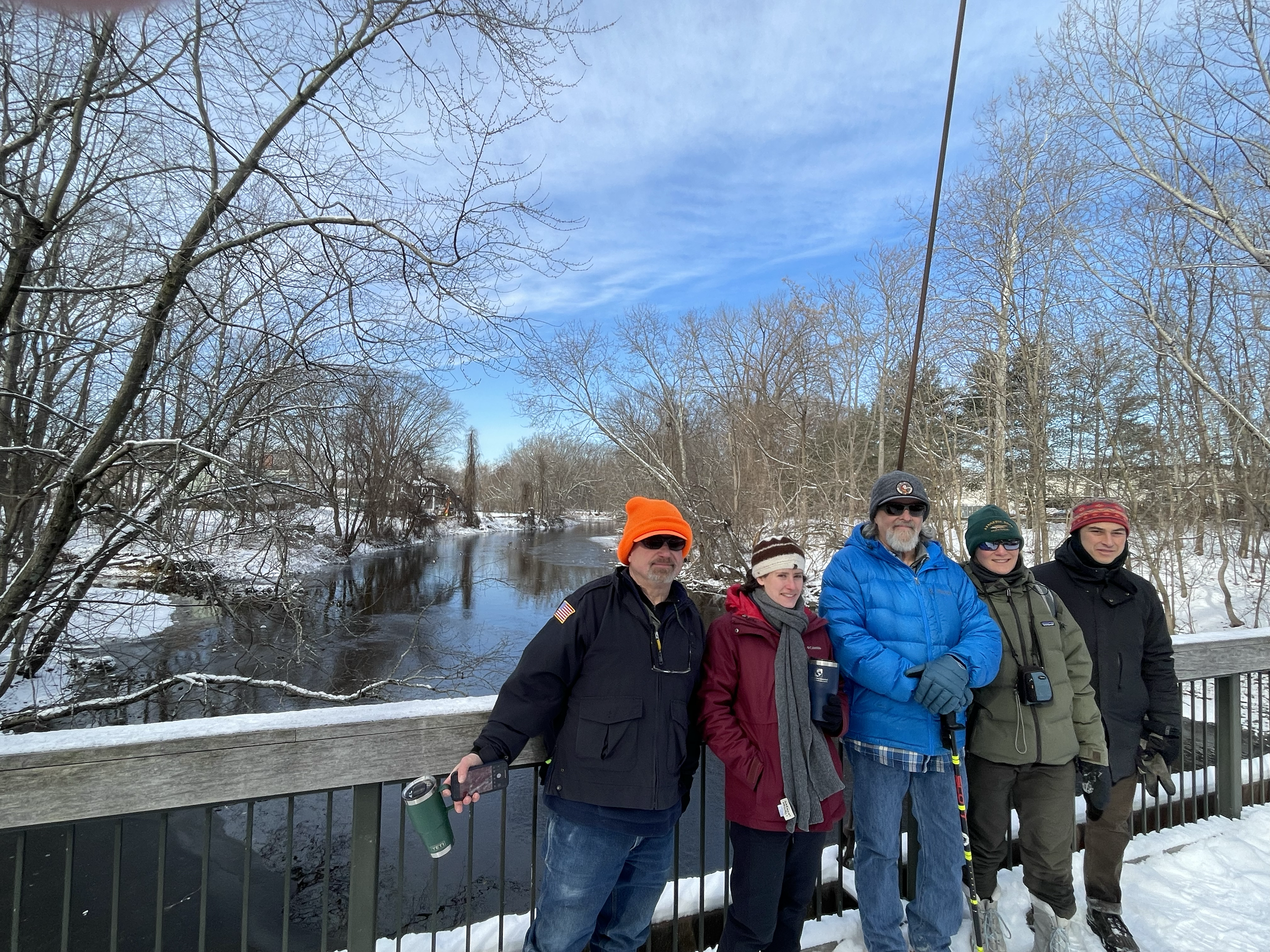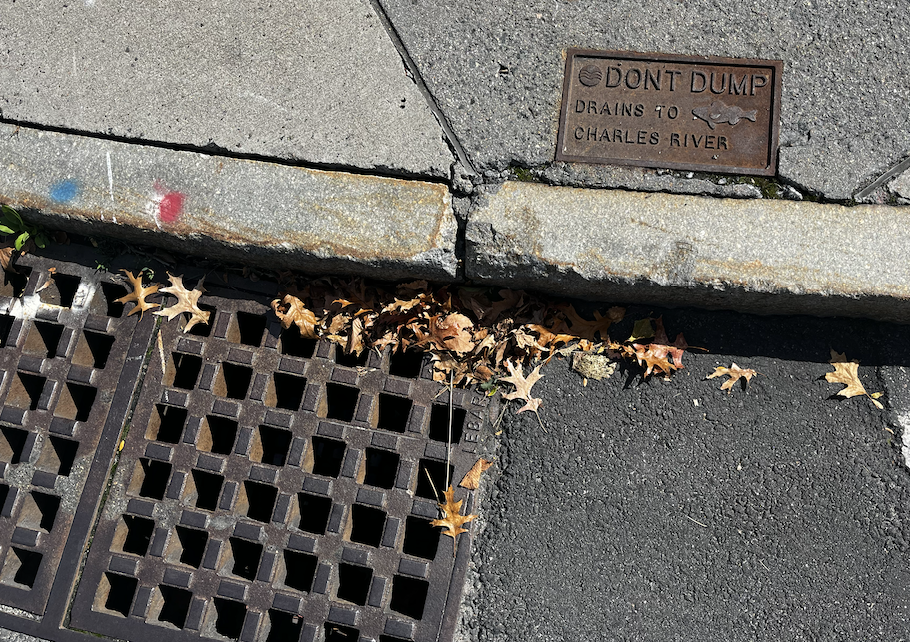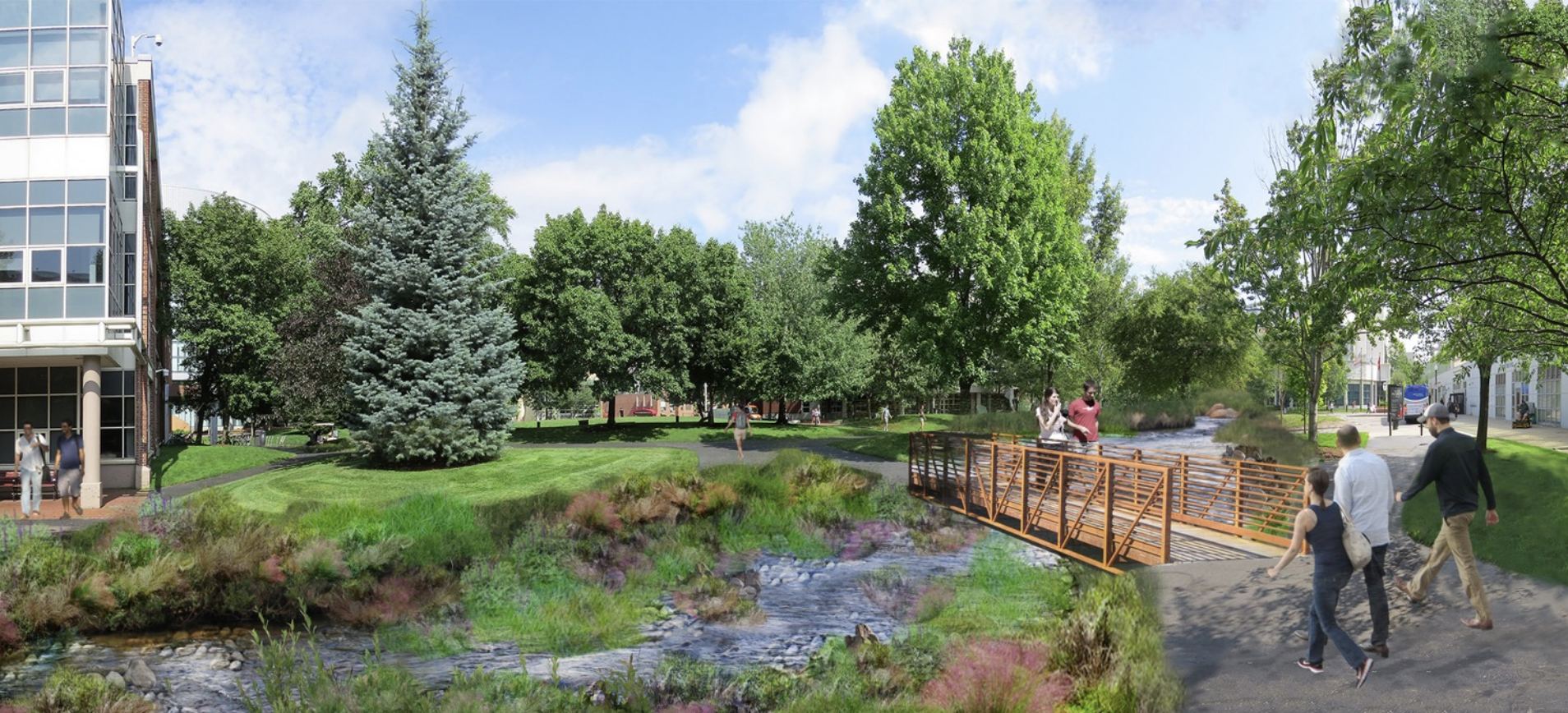
DAYLIGHTING & RESTORING STREAMS
Bringing tributaries back to light & back to life.
Buried Streams Beneath Our Feet.
Since European colonization began 400 years ago, the Charles River and its tributaries have been buried, dammed, fragmented, and otherwise controlled.
Many of the Charles River’s 30+ tributaries have long suffered the effects of this approach to water management–– tributaries that are culverted, straightened, and armored face impaired water quality, impeded fish passage, increased flooding, invasive species growth, loss of critical wildlife habitats, and more.
What we are doing about it:
We’re bringing altered streams back to life with daylighting and riverbank restoration to improve water quality, reconnect habitats, create natural climate resilience, and new recreation opportunities.
MUDDY RIVER RESTORATION
Flowing through Olmsted’s iconic Emerald Necklace, the Muddy River is one of the most celebrated urban tributaries of the Charles River. However, centuries of development and urbanization along its banks in Boston and Brookline have severely degraded water quality in the Muddy— earning it a D- grade in the 2020 Charles River Report Card.
Check out our Muddy River Restoration work!
CHEESECAKE BROOK
An urbanized stream and tributary of the Charles River located in Newton, the once meandering Cheesecake Brook and its surrounding wetlands were filled, straightened, and channelized in the 1800s and 1900s. Today, the tributary flows through a narrow stone and concrete channel, and suffers from poor water quality, poor habitat for aquatic species, and major problems with stormwater flooding.
In 2020, we worked with the community to create a vision plan for a restored Cheesecake Brook. Interventions could include bank restoration, stream sinuosity, bioretention areas, outfall stabilization, a dry swale, and a rock vane. These measures would mitigate flooding, improve water quality, control erosion, improve habitat, and serve as an educational resource for the community.
CANTERBURY BROOK RESTORATION
A tributary of Stony Brook, which flows underground through Boston to the Charles River, Canterbury Brook in Mattapan is largely a buried stream, with only one portion above ground.
Flowing inside an artificial channel since the early 1900s, the brook suffers poor water quality from years of neglect, and experiences flooding and habitat degradation. As a result, Mattapan residents see trash, sediment buildup, invasive plants, eroded banks, and episodic flooding, rather than experiencing a wondrous natural area teeming with wildlife and biodiversity. Many are not even aware that the Brook exists.
We are collaborating with Mass Audubon’s Boston Nature Center, the City of Boston, and community members to reimagine and restore Canterbury Brook. We are working together to understand community needs, assess stream health, and identify areas for restoration, to reduce flooding, improve stormwater management, connect the stream to surrounding wetlands, improve water quality and habitat, and provide access to green space.
If you’re a community member and would like to share your vision of the restoration process, we encourage you to take the survey and share it with other community members.
Stay up-to-date on Canterbury Brook!
Sign up to receive the latest news about the restoration of Canterbury Brook and how you can get involved.






